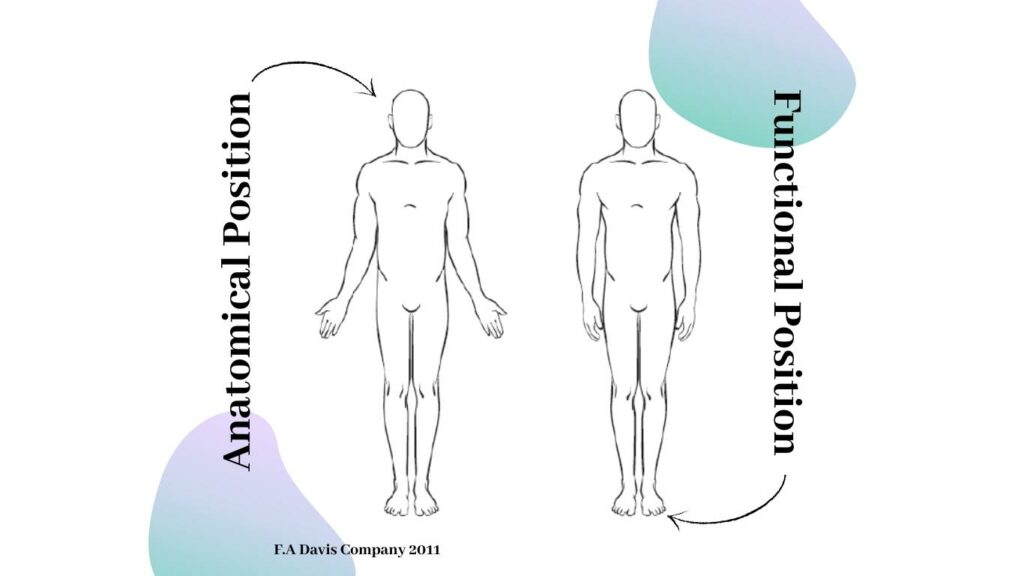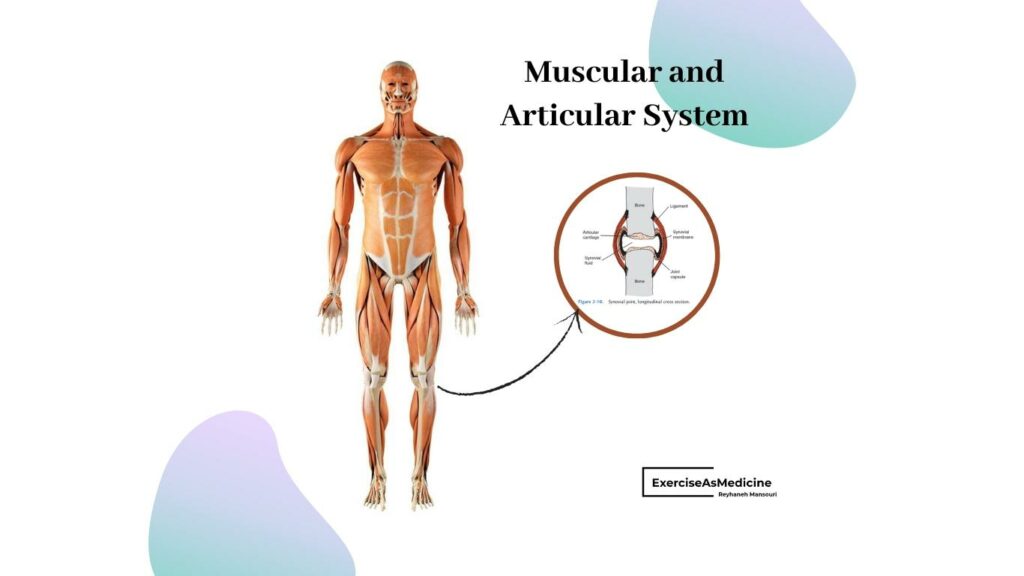Welcome to exploration of MusculoSkeletal Anatomy! To navigate your journey to a healthier lifestyle and enjoying your training sessions, it’s essential to grasp fundamental terms in the world of Human Body. Here I would like to equip you with foundational knowledge of Human Anatomy.

What is Anatomical Position
Understanding this foundational reference point is crucial when discussing body parts and movements. It lays the groundwork for a comprehensive exploration of human anatomy.
According to ANATOMICAL TERMINOLOGY (written by Tim D. White, Pieter A. Folkens) Standard anatomical position is a shape of human standing, looking forward, feet together and pointing forward, with none of the long bones crossed from the viewer’s perspective.
Here You see the differences between Standard Anatomical Position and Functional Position:

Decoding Relative Positions
When we want to talk about joints, muscles or any other part of the human body we use Descriptive Terminology. For instance, demystify statements like “The Knee is Proximal to the Ankle.” This means the knee is located above the ankle in the standard anatomical position.

Body Part’s Anatomical Terms
Let’s take a look at the terminology utilized by researchers and scientists to pinpoint specific parts and segments of the human body. Familiarizing yourself with these precise terms is a key step toward effective communication in the realm of anatomy.

Unveiling the MusculoSkeletal System
MusculoSkeletal System is a dynamic fusion of the “Skeletal System,” “Muscular System,” and “Articular System.”
Understanding Passive and Active Systems
In general, the Skeletal and Articular Systems passively contribute to our body movements, while the Muscular System acts as the driving force behind our active motions. This holistic perspective sets the stage for a comprehensive understanding of the human body’s functional dynamics.
The Skeletal System
The Skeletal System consists of two major components:
- “Axial Skeleton,” encompassing the head, spine, and rib cage, and
- “Appendicular Skeleton,” comprising the shoulder blade, pelvis, and both lower and upper extremities.

The Articular System
The Articular System includes:
- tendons,
- ligaments,
- articular capsules,
- and more,
It plays a pivotal role in joint function. Understanding this system adds another layer to our comprehension of how the body moves.

Unpacking the Muscular System
Our journey concludes by talking about the Muscular System. Here are some example of our muscles:
Head and Neck Muscle Group:
- Sternocleidomastoid
- Upper trapezius
- Masseter
Trunk Muscle Group:
- erector spinae
- Trapezius
- Quadratus Lumbar
- Pectoral Minor and Major
- Rectus Abdominis
Upper Extremity Muscle Group:
- Deltoid
- Biceps Brachii
- Triceps Brachii
- Brachioradialis
Lower Extremity Muscle Group:
- Rectus Femoris
- Hamstrings
- Gastrocnemius
- Tibialis Anterior
In Nutshell
- Anatomical Foundation: It’s essential to address the differences between Anatomical and Functional position.
- Decoding Relative Positions: Understanding terms like proximal and distal enhances your ability to express body part relationships.
- MusculoSkeletal System Overview: Recognizing the blend of Skeletal, Muscular, and Articular Systems unveils the synergy behind body movements.
- Passive and Active Dynamics: The Skeletal and Articular Systems play passive roles, while the Muscular System actively drives our motions.
- Skeletal System Components: Distinguishing between the Axial and Appendicular Skeletons provides insight into their distinct functions.
- Muscular System Diversity: From head and neck muscles to those in the lower extremities, each muscle group contributes uniquely to human motion.